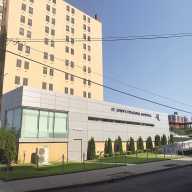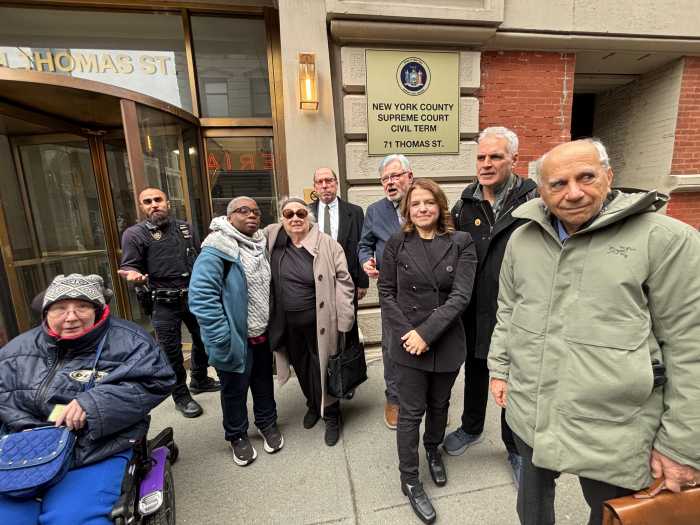Mystery landlord owes city thousands of dollars
BY CHRISTINA SANTUCCI
For the past 23 years Elena Nunez, 74, has called her “mystery” landlord to complain about repairs needed in her one-bedroom apartment in Corona – there is a 2-foot wide hole in her shower, another in the ceiling, her bedroom window is cracked, and the paint throughout her apartment is peeling. But after about 20 minutes on hold for Nicholas Haros, she is disconnected. Nunez has frequently submitted receipts for repairs that her landlord is required by law to pay for, but she has never received a dime in return.
“I don’t know who the landlord is . . . but the people who work for him are as bad as him,” Nunez said through a translator from the Association of Community Organizations for Reform Now (ACORN).
For Nunez and an estimated 1800 renters, the problems in apartments owned by their “mystery” landlord, Haros, have gone untreated for years. Haros, who owns 47 properties in Queens, and a total 81 buildings in the city, has racked up about 7,000 housing code violations in Queens alone since January 2006.
Haros, who was ranked the sixth worst landlord in the city by Housing Here and Now in 2005, owes $411,000 to repay the city for repairs contracted out, as well as $13,675 in court fines. The city has already forced him to fork over $303,450, and they are also looking to reduce tax credits that he receives annually, which are generally given to landlords as incentives to look after their properties.
The case has also reached the hands of the State Attorney General’s Office, handed over by lawyer Rob McCreanor Tenants Advocacy Project of the Diocese of Brooklyn and Queens Catholic Migration Office.
When McCreanor set up shop in September in western Queens to track local housing problems, he found that 60 to 70 percent of the cases involved buildings linked to Haros. “[The situation] is exploit by design,” he said. Based on their investigation, the Catholic Migration Office has taken Haros to court and have won 200 court orders for repairs.
With problems ranging from moldy walls and broken pipes to collapsing ceilings to damaged windows and doors to problematic security, Haros’ buildings are scattered throughout the borough – with a large concentration located near Roosevelt Avenue in Jackson Heights and Corona.
“Clearly what we have here is a slum landlord,” said Councilman Hiram Monserrate, giving the media a peek into the apartments owned by Haros. “For too long, he has been able to do business like this.”
Forty-three-year-old Lillian Pena, who lives with her 15-year-old daughter and 7-year-old son, showed reporters the massive hole in her bathroom ceiling, which her super had covered with cardboard two weeks ago. Her son had been hit with falling pieces of plaster while using the bathroom recently.
“They knew you were coming,” she said of the repair. But temporary fixes were not made to Pena’s shower, for which she needs pliers to turn on and off, or her walls, spotted with water pockets and chipping paint. She pulled out a letter, dated December 23, 2005, when city inspectors gave Haros one month to make necessary repairs. “Now is two months,” she said.































